Launched in September 2019, the Nokia 7.2 is the latest mid-range smartphone from the Finnish telecommunications giant. Features include a 6.3-inch IPS display with 1080 x 2280-pixel resolution, a Qualcomm Snapdragon 660 chipset, up to 128GB internal storage, and 6GB RAM.
The camera setup consists of three sensors, with the main standard wide-angle camera complemented by an ultra-wide-angle second camera and a dedicated depth sensor for simulated bokeh shots. The primary camera uses a 1/2-inch 48Mp Quad-Bayer sensor with 0.8µm pixels coupled to a standard wide-angle f/1.8-aperture lens with PDAF autofocus. Forgoing a tele-lens camera, Nokia instead opted for an ultra-wide second shooter built around an 8MP sensor with a 13mm-equivalent f/2.2-aperture lens. The 5MP dedicated depth sensor will be called into action when using Portrait mode on the Nokia 7.2. Users can capture video at either 2016p/30fps (4K) or lower-resolution 1080p/30fps (full HD) in default mode.
Key camera specifications:
- Triple camera
- Primary: 48MP 1/2-inch sensor (12Mp output) with f/1.8 aperture lens
- Ultra-wide: 8MP sensor with 13mm-equivalent f/2.2 aperture lens
- 5MP depth sensor
- PDAF autofocus (main) and LED flash
- 4K 2160p@30fps video (1080p/30fps default)
About DXOMARK Camera tests: For scoring and analysis in our smartphone camera reviews, DXOMARK engineers capture and evaluate over 1600 test images and more than 2 hours of video both in controlled lab environments and in natural indoor and outdoor scenes, using the camera’s default settings. This article is designed to highlight the most important results of our testing. For more information about the DXOMARK Camera test protocol, click here. More details on how we score smartphone cameras are available here.
Test summary


Securing an overall DXOMARK Camera score of 85, the Nokia 7.2 displays a notable improvement over the older Nokia 8, with results broadly comparable to the Nokia 9 PureView launched earlier in 2019. A score of 85 is in the bottom half of our database of smartphone image quality, though, and the Nokia 7.2 nestles in alongside some other fairly recent mid-range devices such as the Samsung A50.
Hitting a Photo score of 90 points, the Nokia 7.2 displays a very modest improvement for still images over the Nokia 9 PureView at 88. While the scores are very similar across the board, there are nonetheless some notable differences in the performance of the two rival Nokia devices. The addition of an ultra-wide lens helps boost the final score for the Nokia 7.2, and while a very slight improvement in exposure is noticeable over the 9 PureView, the 7.2 isn’t quite as good for color, autofocus, or night shots.
In both indoor and outdoor conditions, the Nokia 7.2 offers good exposure, with fairly wide dynamic range in high-contrast scenes and generally pleasant color rendering.
In the best examples, the Nokia 7.2 produces pleasant exposures of high-contrast scenes, indoor shots, and backlit portraits. You can see in our tricky backlit outdoor exposure below that the Nokia 7.2 does a good job with the target exposure on the building and retains good highlight detail in the bright sky, too. The same goes for the challenging backlit portrait, where exposure on the subject is correct and the bright highlights outdoors are well preserved. Unfortunately exposure is a little inconsistent, however, with both target exposure and HDR rendering often varying. So you don’t always get a good exposure and it’s worth capturing at least a couple of frames to be on the safe side.
The Nokia 7.2 score for color is slightly down compared to the Nokia 8 PureView. While rendering is generally acceptable, there are a couple of minor issues to look out for. White balance varies a little in outdoor images, with either a slightly blue or a slightly pink color cast evident, and indoor images under artificial light sources are often a little pink, too. The casts aren’t overly offensive, but with reds also slightly undersaturated and color shading visible in all conditions, overall color rendering could be improved.
A pretty good score for texture, with acutance scores of over 80% in our lab measurements, which means that the Nokia 7.2 is capable of good detail in both indoor and outdoor conditions. Detail is noticeably lower in extreme low light (below 20 lux), however, and it’s not quite as good with moving subjects, as a fairly long exposure time indoors and in low light often leads to ghosting and blurred movement.
The Nokia 7.2 isn’t quite as good as the top performers when it comes to noise, which is visible in most images—in particular, quite a lot of luminance noise in flat areas such as the sky in outdoor shots. A heavy buildup of coarse noise is often visible in darker areas of indoor and HDR images, too, and an odd noise artifact—a band of strong noise visible along one edge of the image—often occurs in indoor images.
Autofocus also remains an opportunity for improvement on the Nokia 7.2. While performance was generally accurate in our benchmark lab testing, we did experience a few autofocus failures shooting indoor scenes. The main problem is the device’s slow autofocus reaction time: it takes around a half-second for the device to lock on under all tested lighting conditions.
Performance of the dedicated ultra-wide camera is good, if not outstanding, with many of the same pros and cons as the main camera. While target exposure is generally accurate and dynamic range can be wide, exposure instabilities commonly occur, resulting in overexposed shots with highlight clipping and cyan shift in the skies. When HDR processing does kick in, exposure is better in challenging lighting conditions, but ghosting artifacts often occur with subject movement. Color shading is also visible in outdoor shots from the ultra-wide camera.
With no dedicated tele-lens, camera resolution is quite low for zoom shots on the Nokia 7.2. At close range (~2x magnification,) results are broadly acceptable in both indoor and outdoor images, although the loss of fine detail is evident when examining shots closely. The 7.2 records lower detail at medium and long range, with coarse noise, as well as aliasing, moiré, and ringing artifacts often visible, too.
The Nokia 7.2 puts in a good performance for bokeh shots, thanks to the dedicated depth-sensing sensor providing a fairly natural rendering with a strong but pleasant blur effect and a nice shape to the bokeh highlights. Some minor depth estimation errors occur in complex areas such as wispy hair, and transitions in the blur gradient can look a bit unnatural, but overall it does a pretty good job.
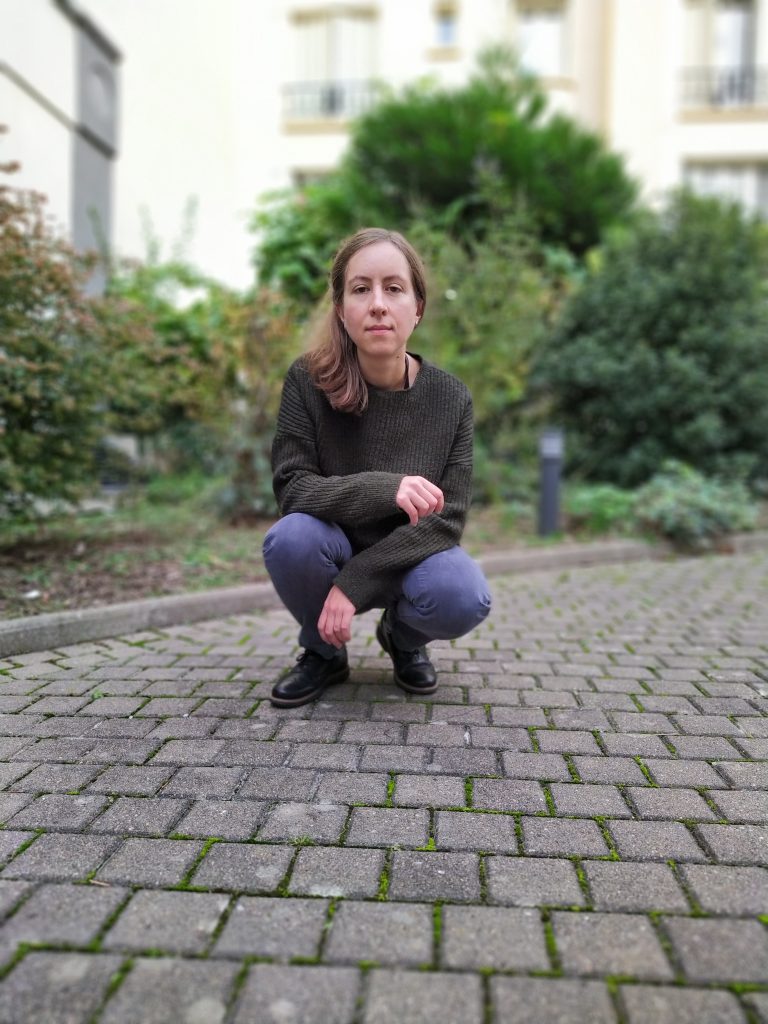
Results for flash and night exposures show a little improvement over the 8 PureView, but the Nokia 7.2 isn’t as strong overall as the top devices in this area. For night portraits, the flash fires accurately, ensuring a well-exposed subject, but white balance tends to be yellow and exposure of the background and ambient light is low. Auto flash is less successful in low-light landscape shots, where unnecessary flash causes exposure instabilities and a heavy buildup of noise. Forcing the flash off in low light records a better overall exposure, but white balance is cold, detail is low with some ghosting evident, and noise remains very visible.
We deduct points for obvious artifacts or image quality flaws visible in images. The main penalties we applied to the Nokia 7.2 were for heavy ringing along contrast edges, and for the obvious ghosting, which is visible in many images even with only moderate subject movement. A cyan shift causing oversaturated skies, as well as flare, is often visible in very bright conditions and in backlit images.
Achieving a DXOMARK Video score of 75 points, performance shooting moving images in the Nokia 7.2 isn’t quite as strong as the 8 PureView overall. While the latest device displays a noticeable improvement in exposure, significant problems with slow and unresponsive autofocus affected the score. Tested in the lab, video target exposure is very good from low light (5 lux) through to bright light (1000 lux), so only in extreme near-dark conditions are videos significantly underexposed.
Dynamic range is limited when capturing natural test scenes, however, and while good target exposure generally ensures acceptable overall video exposure, expect to see highlight and shadow clipping in high-contrast conditions.
The Nokia 7.2 is capable of shooting 4K video at 30 frames per second, but doesn’t offer stabilization in 4K mode. As a result, we’ve analyzed videos in the default 1080p mode with stabilization (in line with our testing guidelines to use the best video mode available). As it turns out, stabilization in 1080p mode is a key strength of the Nokia 7.2’s video performance, and aside from some noticeable judder in all conditions, videos recorded with walking and panning movement are fairly smooth. Very slow autofocus is the main concern for video, however, with the Nokia 7.2 struggling to lock on quickly or to accurately track focus regardless of lighting conditions.
The texture-versus-noise trade-off tips in favor of better noise control on the Nokia 7.2. Temporal noise is well controlled even in very low light, but texture preservation in 1080p videos is low, with the highest acutance of around 60% in bright light (1000 lux) dropping to 50% indoors (100 lux) and to 30% in low light (20 lux). Of course, activating 4K mode may very well improve detail, but such videos won’t be stabilized.
Conclusion
While Nokia has previously experimented with some interesting camera configurations to try and distinguish itself in the market, the 7.2 is a more conventional offering. The triple-camera setup with ultra-wide and depth-sensing options provides some versatility, and serious smartphone videographers will welcome the option of 4K video. For stills, good exposure, wide dynamic range, and pleasant color mean that Nokia gets some of the basics right, but autofocus instabilities, high noise, and regular ghosting artifacts are all areas requiring future development.
Photo
Pros
- Accurate target exposure in most conditions
- Fairly wide dynamic range
- Pleasant color in most conditions
Cons
- Color shading in all conditions
- Strong noise in dark areas
- Ghosting and ringing often visible
- Occasional autofocus failures
- Visible sharpness inconsistencies
- Inaccurate white balance and strong chromatic noise in night shots
Video
Pros
- Effective stabilization
- Generally accurate target exposure
- Low noise in all conditions
Cons
- Very slow autofocus
- Ghosting often visible
- Color shading occurs in outdoor videos
- Strong judder in outdoor and indoor videos


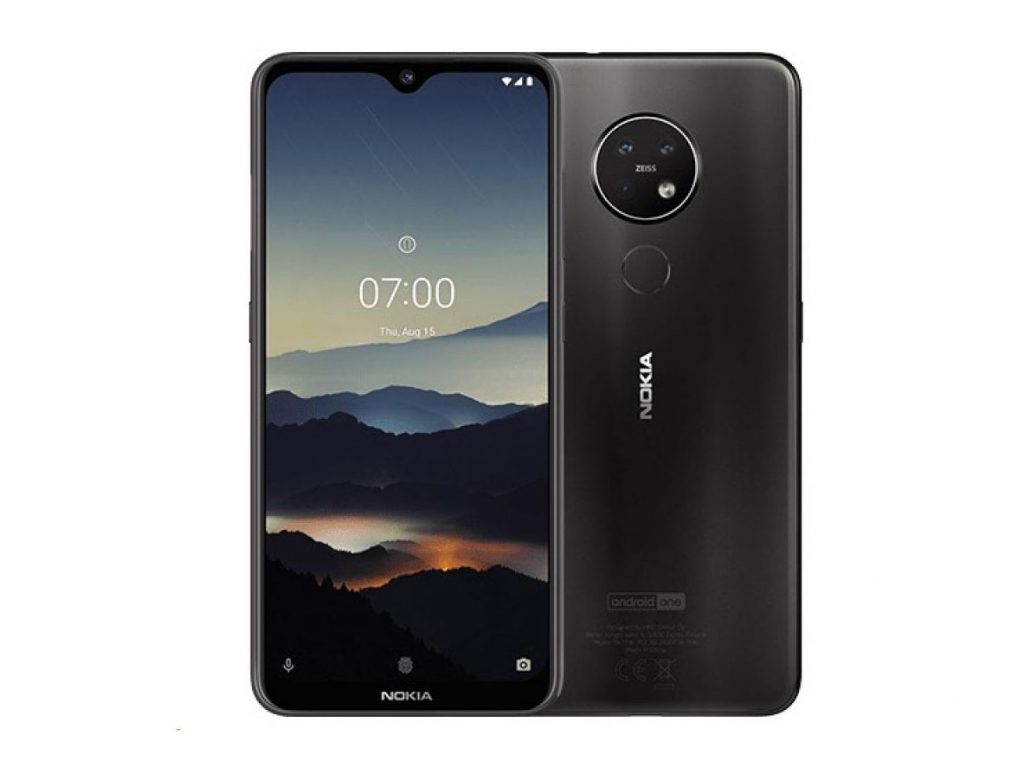

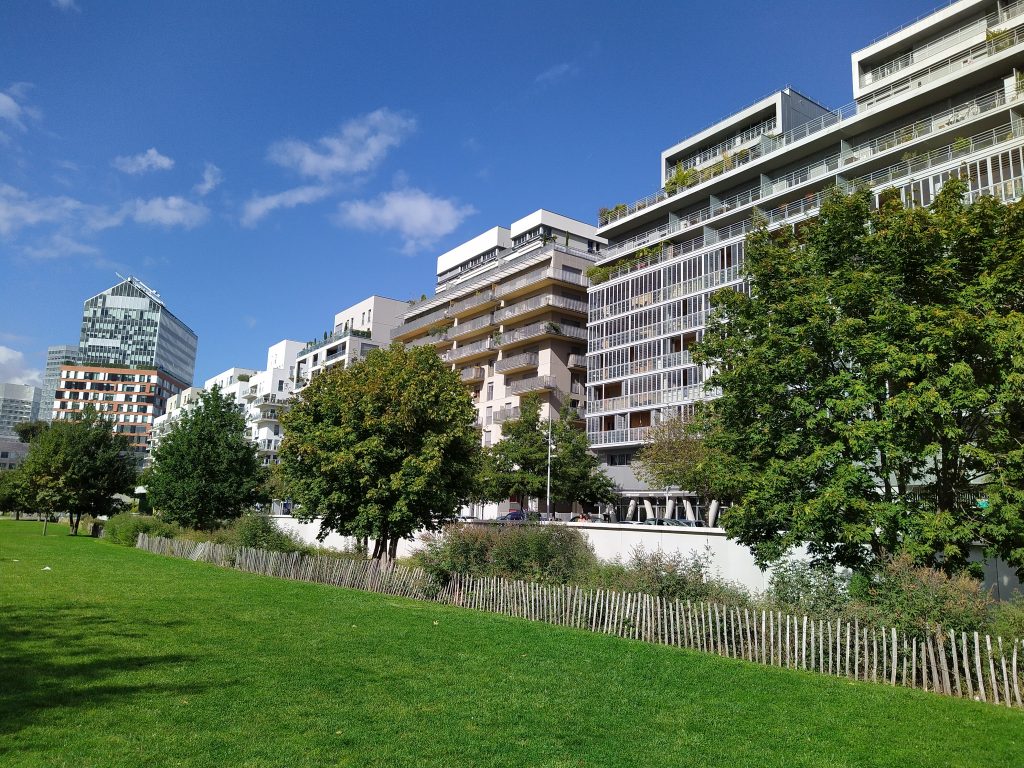



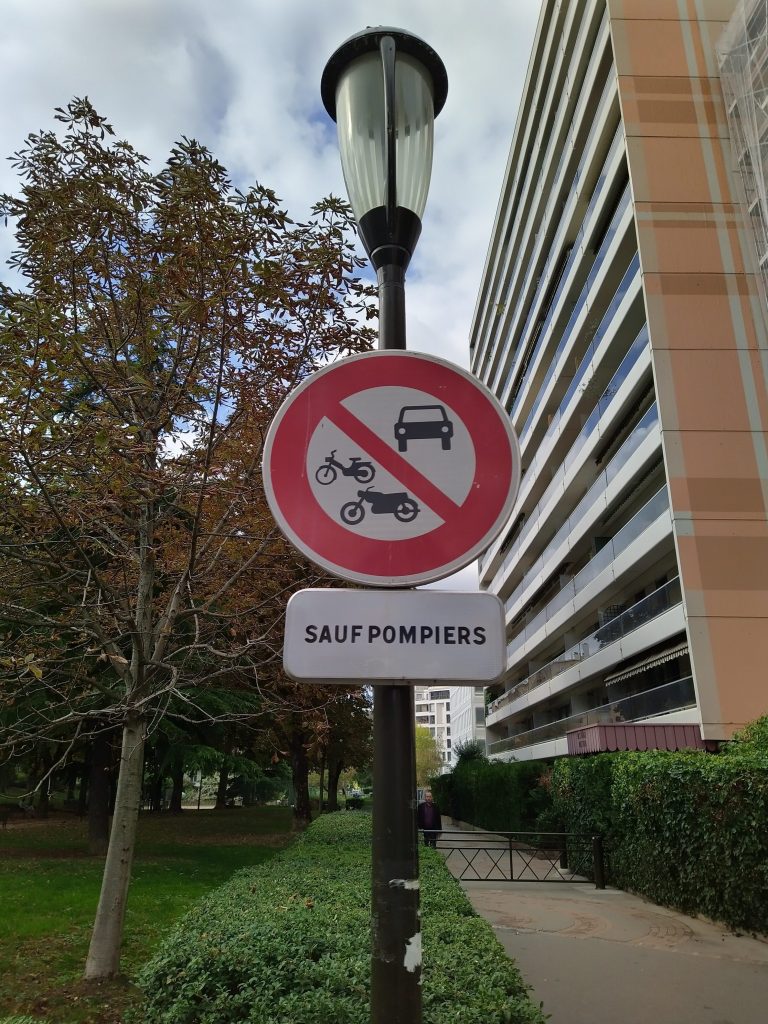
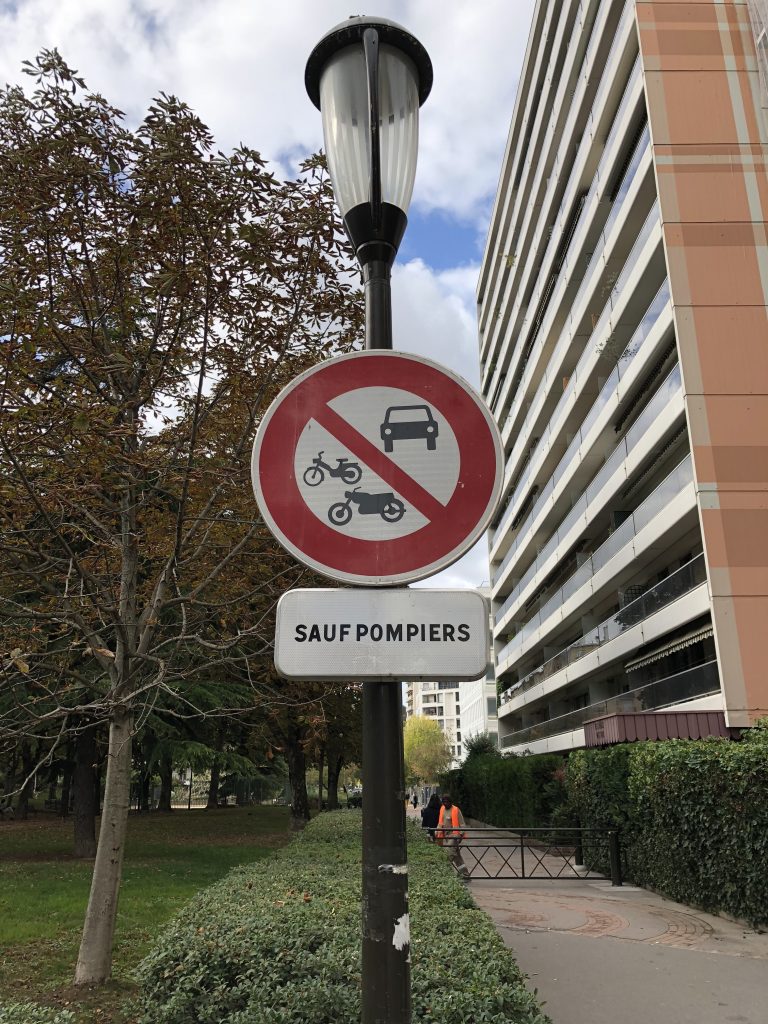
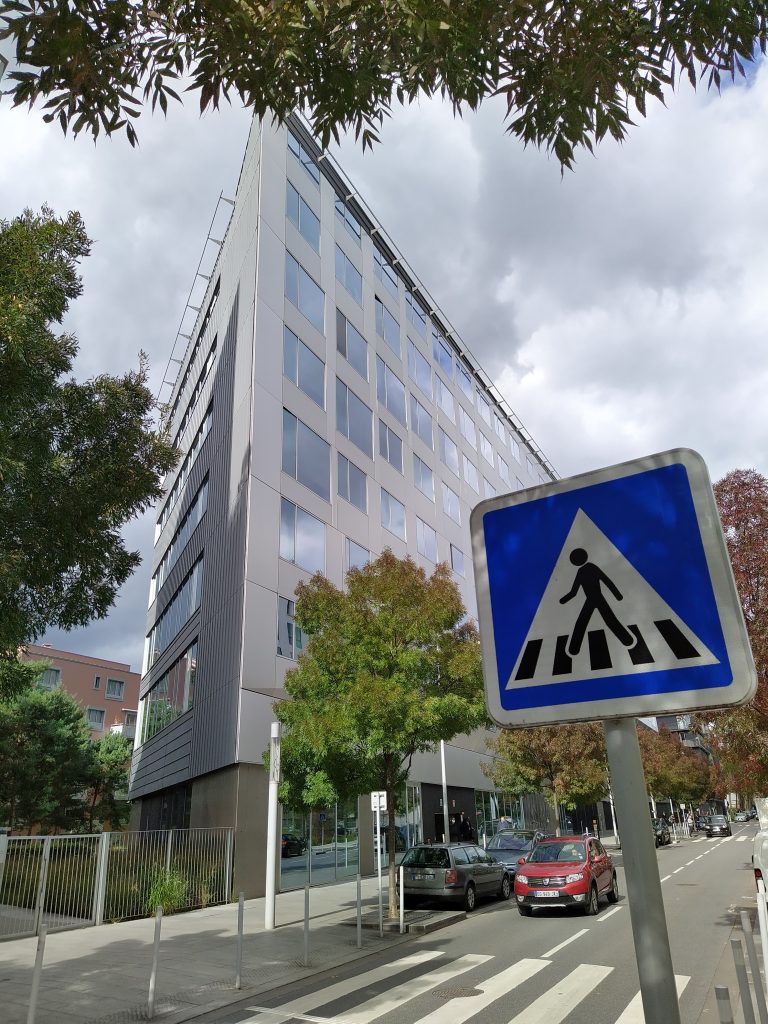
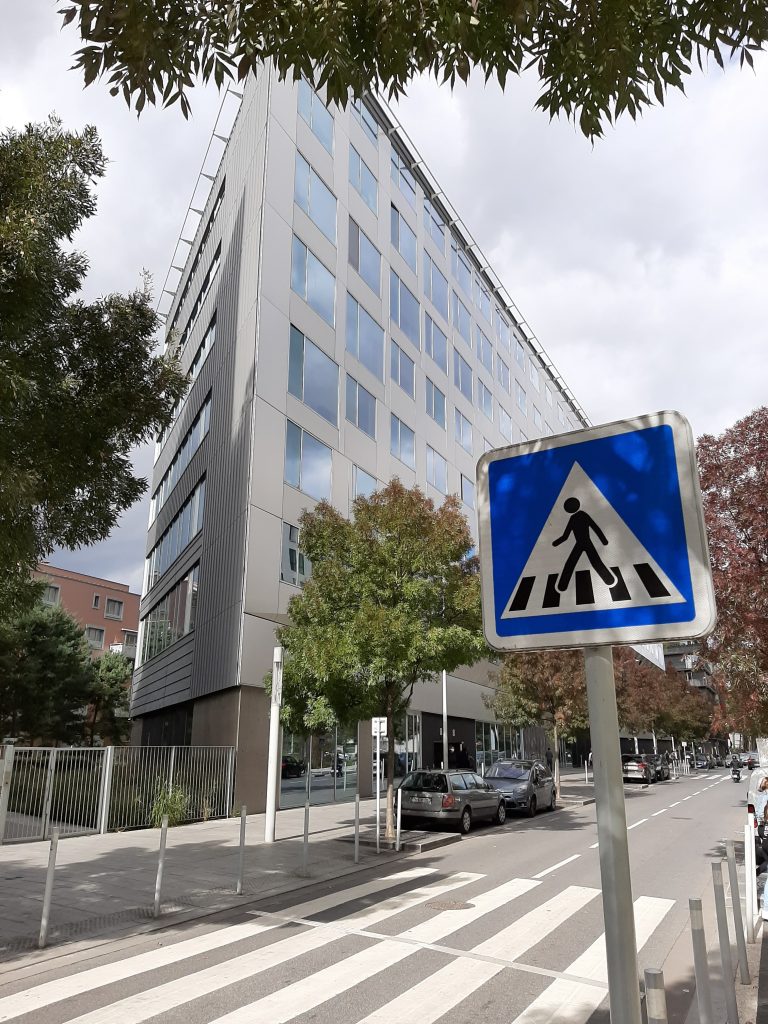
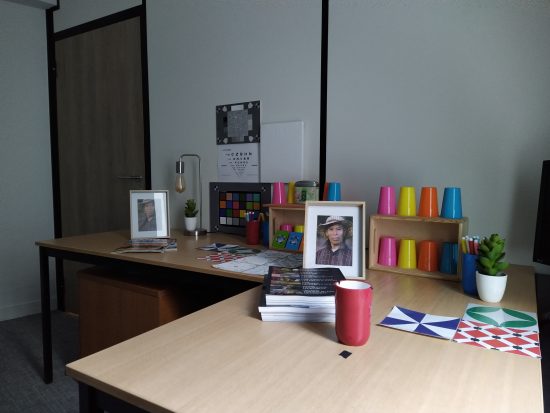
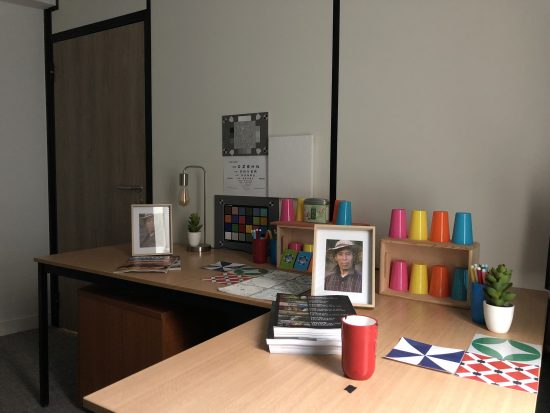
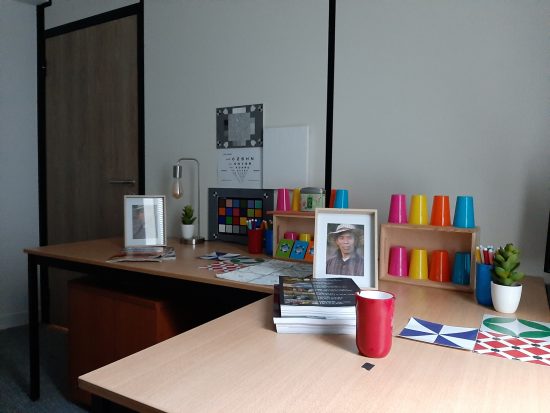
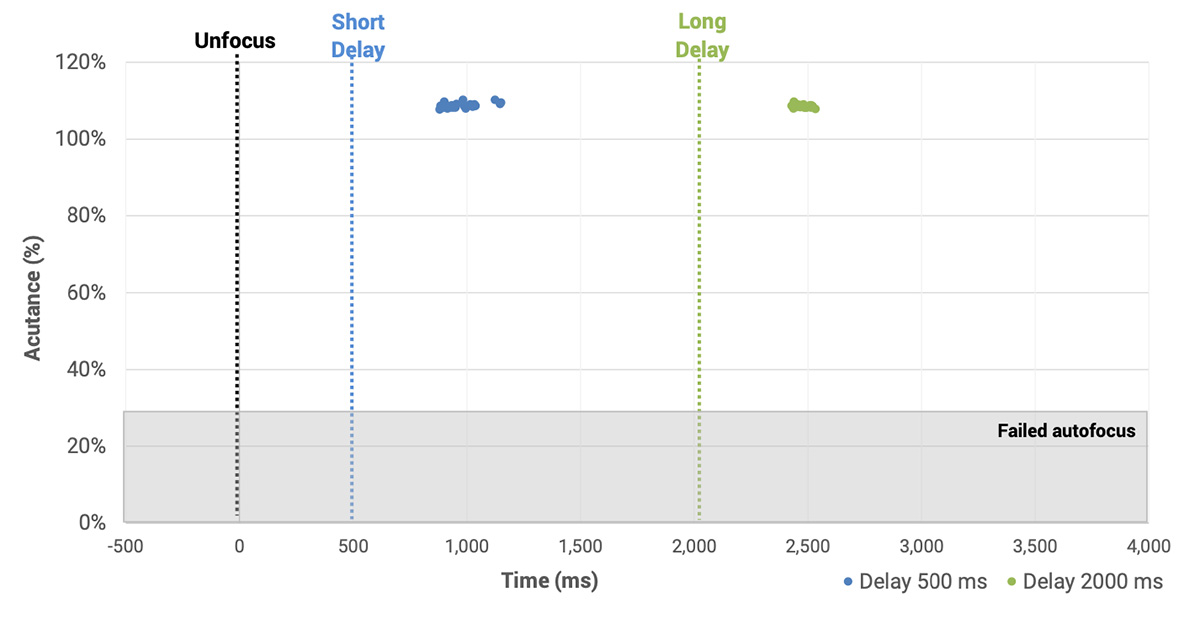
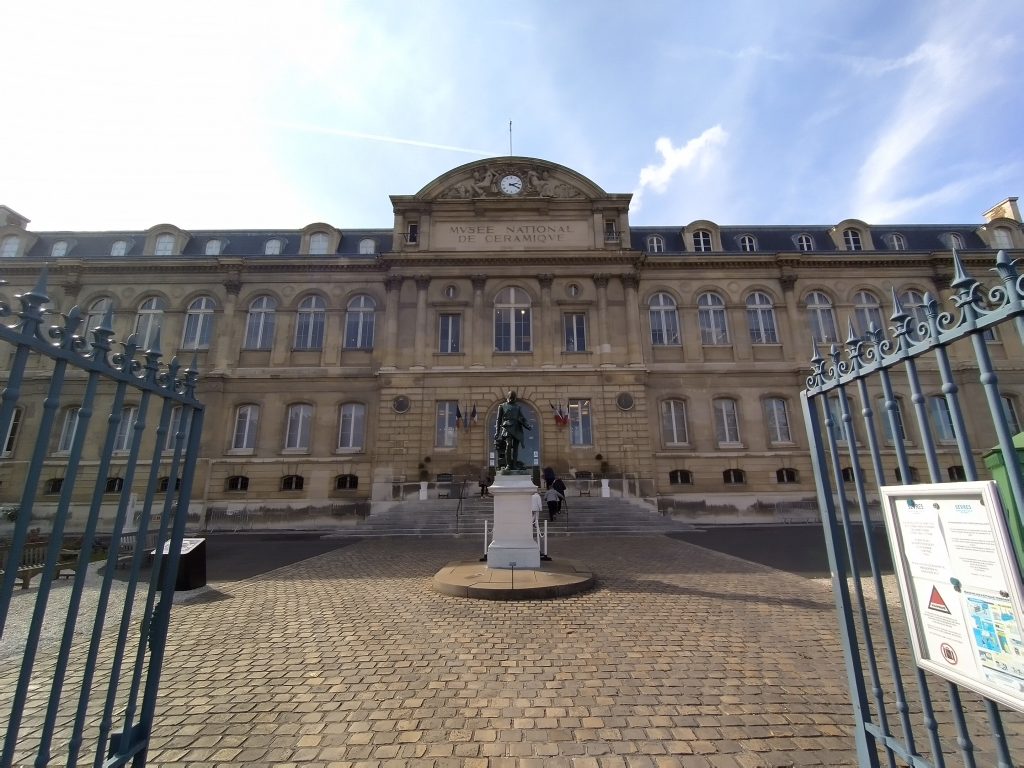

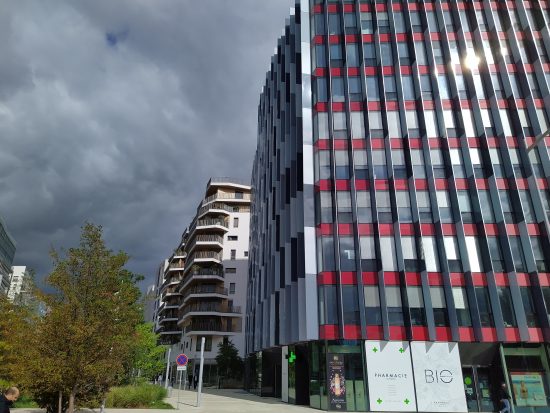
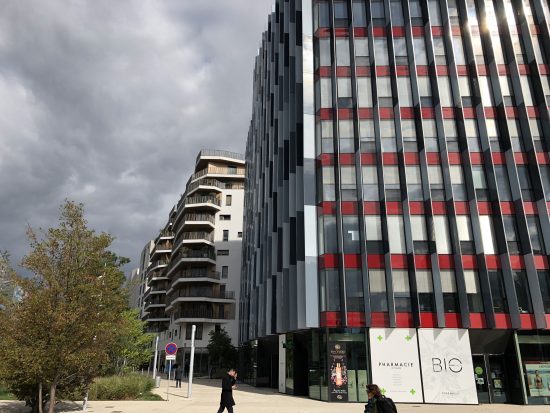
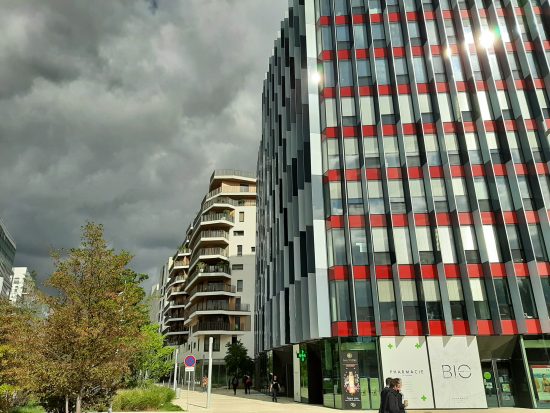

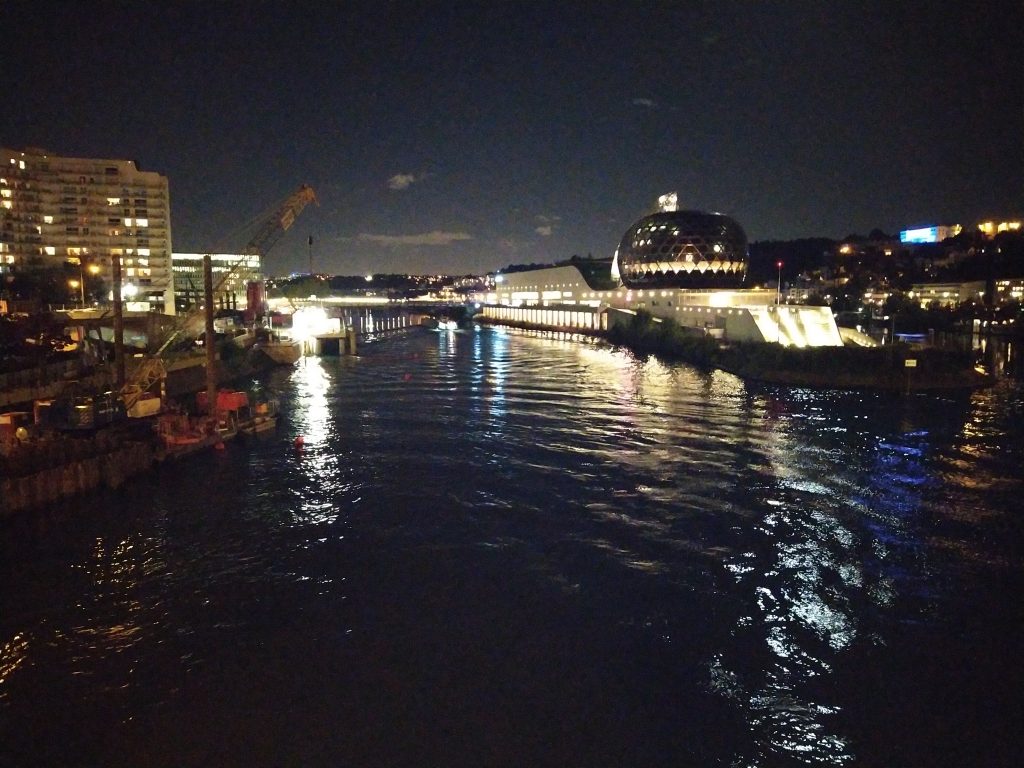
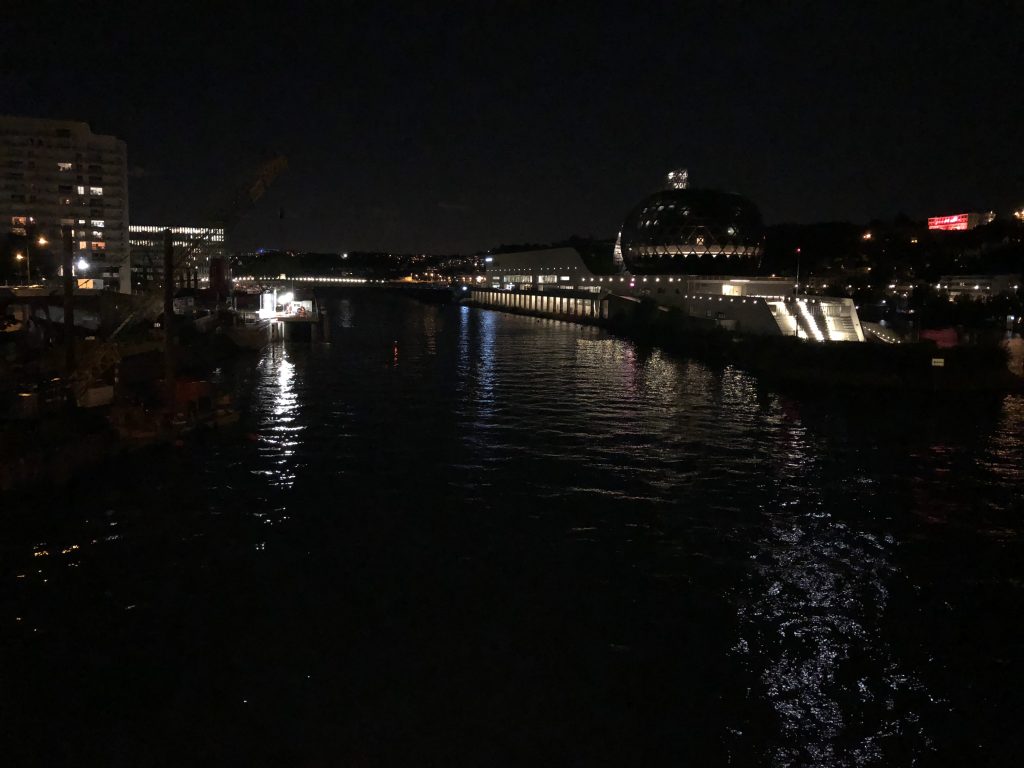
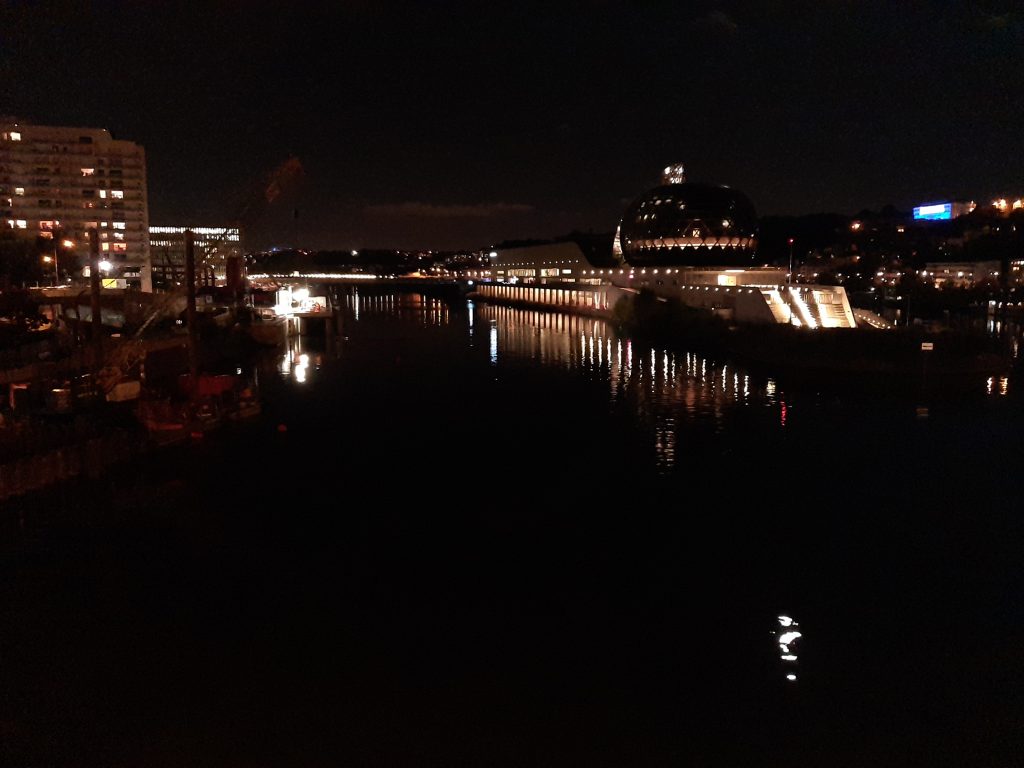

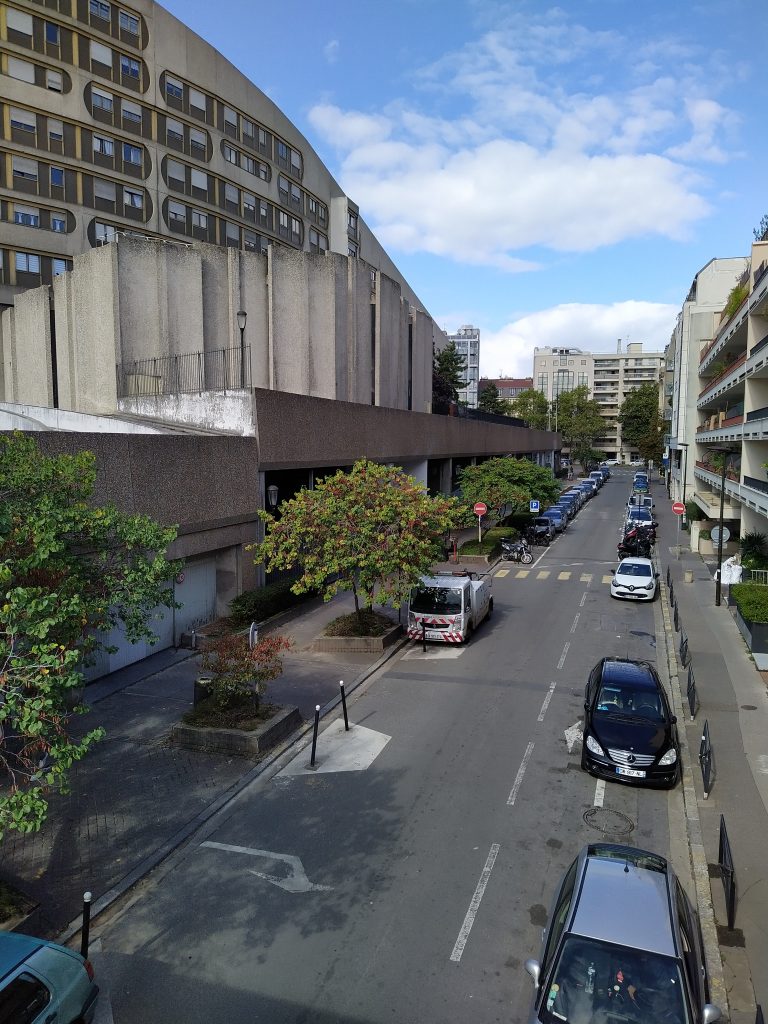
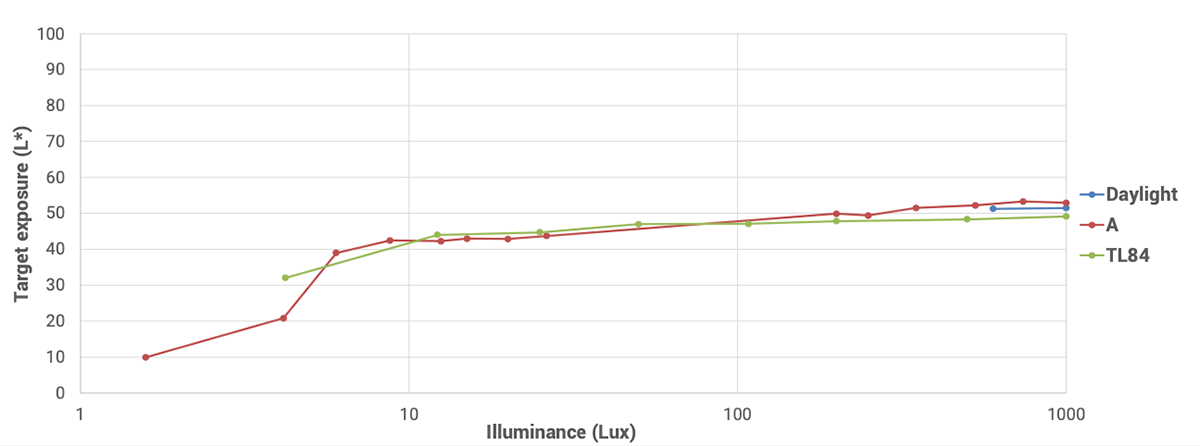
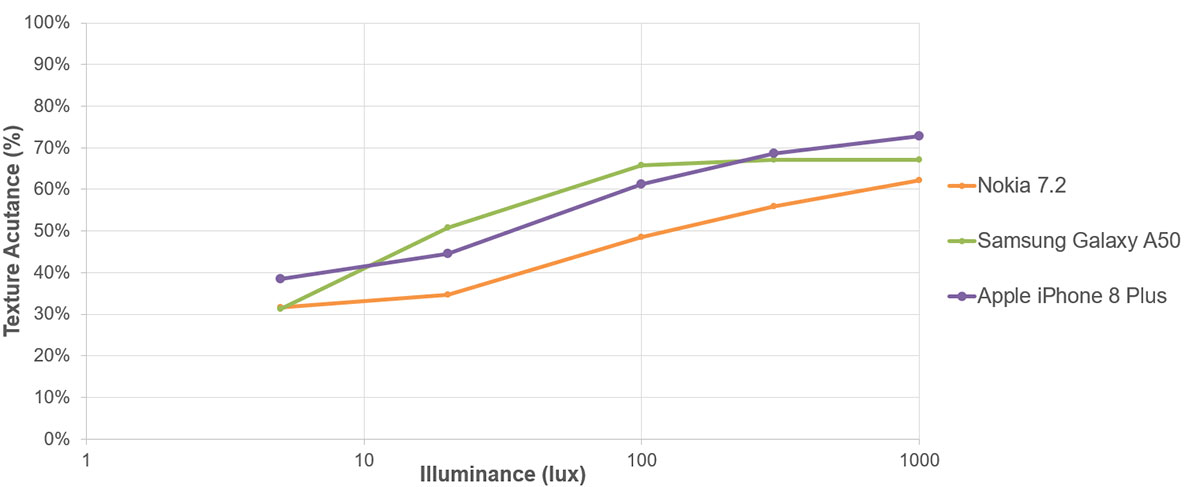
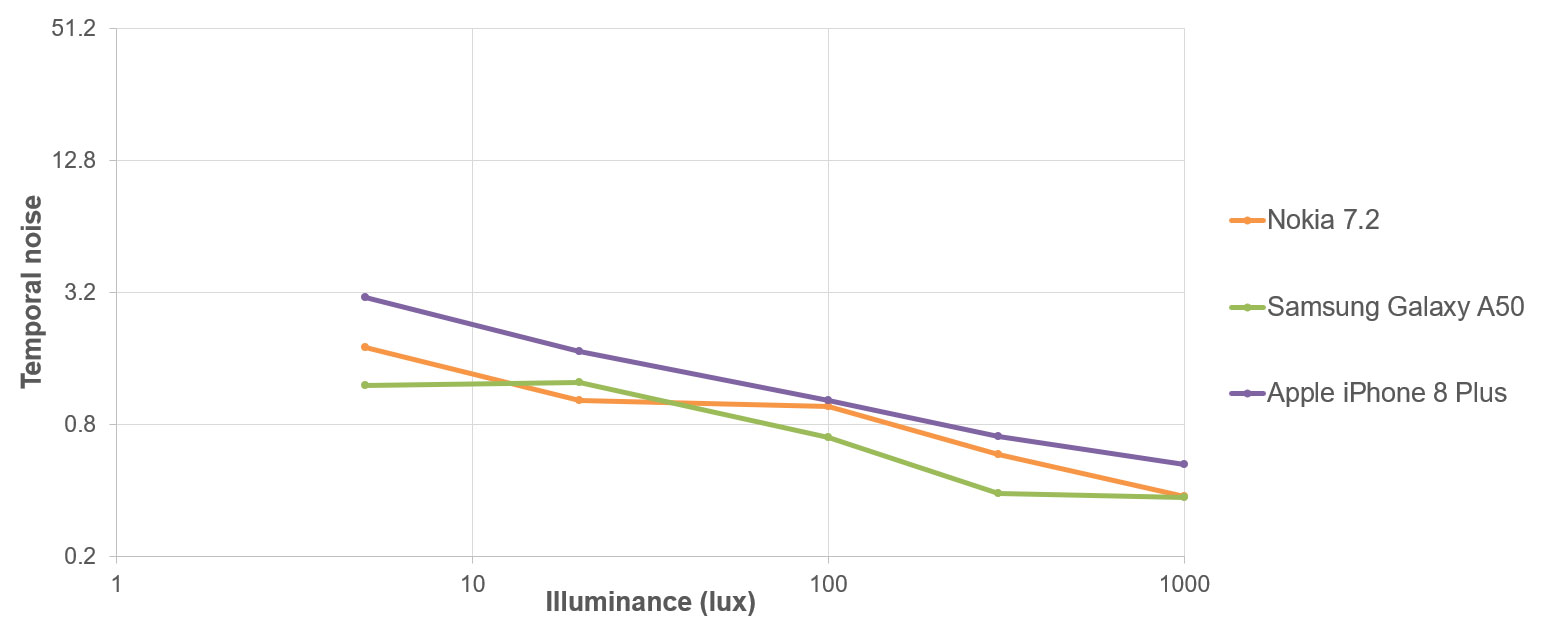

DXOMARK encourages its readers to share comments on the articles. To read or post comments, Disqus cookies are required. Change your Cookies Preferences and read more about our Comment Policy.